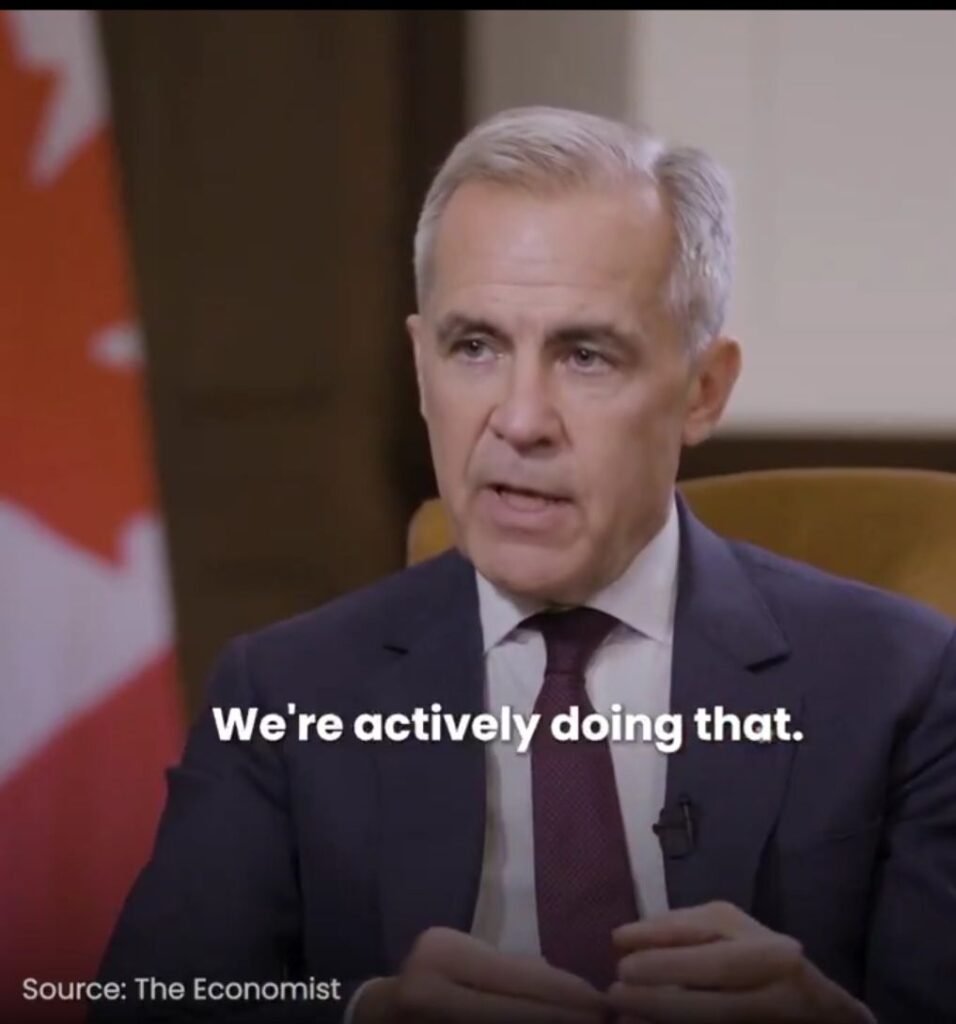OTTAWA Oct 18, 2025 – In the plush confines of Rideau Hall, Mark Carney, Canada’s unflappable prime minister, has unveiled a vision for economic revival that sounds less like a stump speech and more like a central banker’s balance sheet. Speaking to *The Economist* in a clip shared on social media on October 18th, Mr Carney outlined his government’s early moves to knit together a fractious federation and turbocharge growth—insisting that Ottawa will stick to what it can control, even as American tariffs loom like a nor’easter.

The former Bank of England governor, who swept to power eight months ago atop a wave of Liberal promises to mend post-pandemic scars, wasted no time in his interview. “What are we going to do to build the Canadian economy?” he asked rhetorically, before ticking off a brisk agenda. Top of the list: dismantling federal barriers to interprovincial trade, a perennial thorn for a country where provincial fiefdoms have long stifled the free flow of goods and services. “We got rid of all federal restrictions…within a few weeks of getting into government,” Mr Carney declared, a feat that could unlock billions in efficiency gains for a $2trn economy still smarting from sluggish productivity.
Diversification is the watchword abroad, too. With China’s export machine humming and Donald Trump’s protectionist shadow lengthening from the White House, Mr Carney vowed to “actively” broaden trade ties beyond the colossus to the south. That will take time to “build up”, he conceded, but Ottawa is not idling. Domestically, the pace is picking up: homebuilding will double, major infrastructure projects—from energy corridors to AI hubs—will roll out at a “scale we haven’t done for generations”. All this, he emphasised, is squarely “within our own control”, a subtle dig at the whims of Washington and Beijing.
Sceptics, never in short supply in Canadian politics, are already sharpening their quills. Critics point to the economy’s limp performance in the G7, with GDP per head lagging and housing affordability in freefall. Mr Carney’s boosters, meanwhile, hail the technocratic vim: a man who once steered global finance through crisis is now applying the same cool calculus to maple-leaf woes. If his blueprint delivers, it could cement his legacy as the prime minister who turned Canada from polite underachiever to northern powerhouse. For now, though, it’s a reminder that even in the world’s second-largest country by area, bold strokes begin with clearing the underbrush at home.
